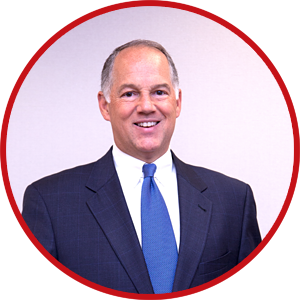THE JUMP START PROGRAM™
Every company must have a Differentiating Competitive Advantage (DCA).
But most never develop one.
That is why we created The Jump Start Program, a transformational experience for your executive team.
It is a perfect way to jump start the process of developing a Differentiating Competitive Advantage.
The Jump Start Program includes:
- The Jump Start Workshop - an interactive one-hour introduction to The Three Shifts methodology
- The Differentiation Index™ - a proprietary assessment of your competitive differentiation
- Company positioning analysis powered by SHIFTPOINTS.ai
- The DCA Roadmap™ - a customized plan to jump start your competitive advantage
To begin transforming your organization, click the button below to schedule your Jump Start Program.
CUSTOMER TESTIMONIALS
Here is some feedback about The Jump Start Program:
- That was the best keynote speech I have heard in eight years!
- Dave is a VERY dynamic speaker and subject-matter-expert.
- Dave is a very engaging speaker.
- Really enjoyed his content and approach.
- I would love to have Dave back next year.
- I really appreciated Dave's energy, candor, and approachability.
- Dave is very knowledgeable.
- Great insight - great speaker who got everyone engaged.
- Fantastic speaker. Provided great insight about competitive advantage in an easy to digest manner.
- His new book is excellent. Dave was extremely key to the entire event.
- Enjoyed this meeting tremendously!
- Excellent. Very inspiring and passionate.
- Awesome!!! Inspiring!!! Engaging!!! Passionate!!!
- I would give The Jump Start Program a 10 out of 10.
- Wow!
THE DIFFERENTIATION INDEX
The Jump Start Program is not a canned, pre-packaged speech.
It leverages real quantitative data from your company.
The Differentiation Index gathers perceptions and insights about your company’s current level of differentiation and source of competitive advantage.
The Differentiation Index includes:
- Unlimited number of participants
- Customized participant profiles
- Analysis powered by SHIFTPOINTS.ai
- Customized report and roadmap
While the survey is anonymous, respondents are asked to identify their role in the company, such as senior executive, sales, customer service, etc. (These categories are customized for every client.)
Survey participants answer questions using a five-point scale, ranging from strongly disagree to strongly agree.
In addition, respondents are prompted with a follow-up question to capture additional insights.
If they responded Strongly Agree or Agree, we ask them to describe the company's competitive advantage.
If they responded Strongly Disagree or Disagree, we ask them to provide suggestions about what the company's competitive advantage could be.
These insights are use to tailor and customize The Jump Start Program to your specific situation.



